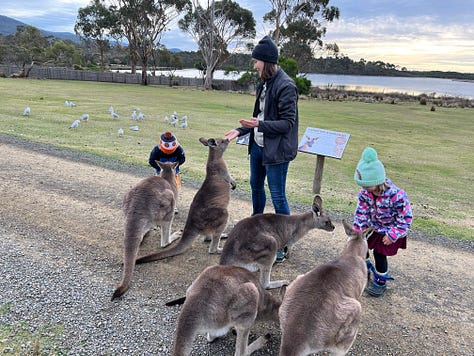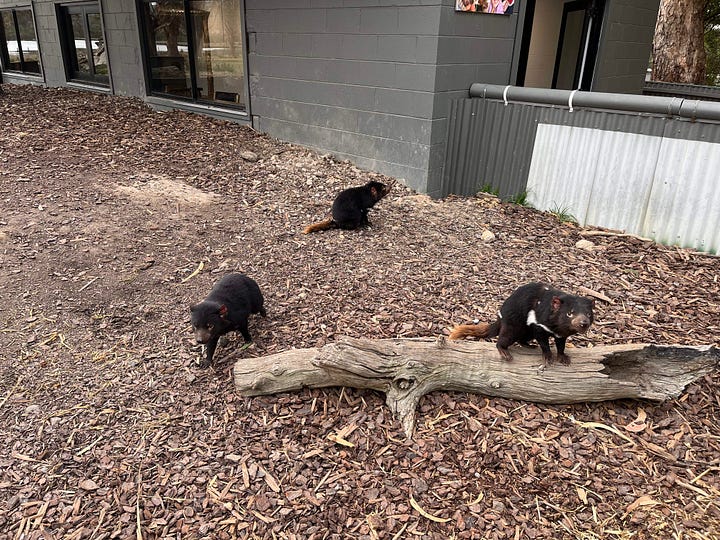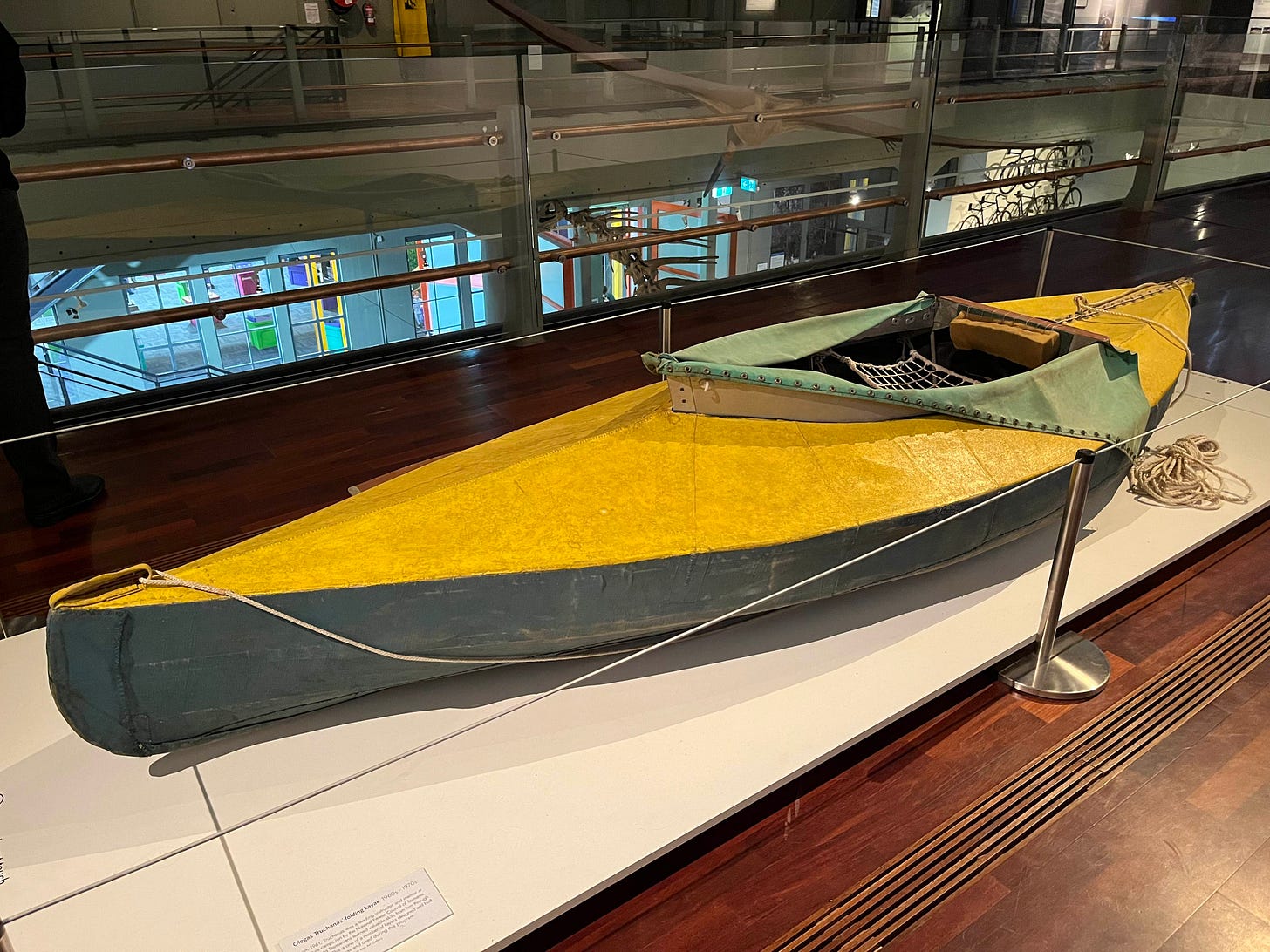Have You Heard of Olegas Truchanas?
A Tasman Career Adventurer Who Left a Real Mark
He was only 49. Dead. Slipped on a rock while hiking through the Tasmanian wilderness. Villagers found his body three days later. It’s sad, but he’s not a sad story.
Olegas Truchanas died too young. Many of us will. Olegas was a nature enthusiast and photographer from Tasmania. He brought the rugged, secluded beauty of Van Dieman’s land to life for Tasmanians, Australians, and the world to appreciate.
I came across Truchana’s story a couple weeks back. We are currently living in Melbourne, Australia, but took a holiday to “Tassie”, as the locals call Tasmania.
After five days of exploring former penal colonies, watching Tasmanian Devils feed, petting kangaroos, and hiking Cradle Mountain, we were looking for one last activity to do with our daughters before returning to our temporary Melbourne home. The Queen Victoria Museum at Inveresk in Launceston called.





I didn’t expect to learn about Olegas Truchanas. I expected to gawk at dinosaurs and taxidermied marsupials with my toddlers. Instead, we were immersed in a special exhibit on Truchanas’s life.
Side Hustle as Main Hustle
His story is fascinating. It’s one about side pursuits as main pursuits, starting over, solitude, beauty, and trailblazing. It’s one that resonated with me recently because I recently lost one of my best friends to brain cancer. He was only 52.
Olegas worked as a Engineering Clerk and Statistical Analyst with the Tasmanian Hydro-Electric Commission from 1951 to 1971. Yet, his travails helping Tasmanians generate energy from water is not how he made his mark. Instead, it was his side hustle.
Wikipedia “labels” him a conservationist and nature photographer. He loved his adopted Tasman home and spent decades exploring and capturing it visually. He captured raw Tassie on skis, kayaks, and foot. Isn’t it funny that he is known for his “side hustle” versus his paying gig?
We learned that Olegas started over multiple times. He was forced to flee Eastern Europe from the Nazis and the Soviets. During the Tasman bushfires in February 1967 he lost his house and his work. 10,000+ photos, decades of work disappeared. He had to rebuild the collection, attempting to do it in only 4 years.
He spent weeks alone exploring the Tasman wilderness, capturing rugged landscapes through his Nikon 35mm lens. He built his own canoe specifically fit to navigate back country streams.
Remote Tasmania was his muse. He pushed himself to bring its beauty to others. He showed people the beauty he saw, whether it was majestic peaks, placid lakes, or raging rivers, via lectures. The region’s beauty fueled his creativity and inspired other writers, artists, and photographers.
Last, he blazed new trails. He was the first person to solo climb Federation Peak. He was the first person to travel via canoe from Lake Pedder to Macquarie Harbour. This trip involved navigating the treacherous Gordon and Serpentine rivers.
Olegas led a full life even if it was cut short. He likely did more than most of us do in less time. He was a career adventurer that focused on his side pursuits. These side pursuits were remarkable. They were the way he left his mark on Earth, not via engineering.
My late friend Rich was similar to Olegas in many respects. He made money as a digital marketer. I remember him most for his side pursuits, however. Our conversations during marathon training or over beers rarely revolved around work. They revolved around epic experiences.
He completed the entire Appalachian Trail, ran marathons, and sailed the San Juan islands. Only two years ago, he summited Mount Rainier.
The Olegas exhibit reminded me of my friend Rich. It reminded me that we all are more than we get paid to do. Life’s about funding your way and leaving a mark whether that’s through our paid gig or side hustle. We need work and money to do things. We don’t need to be defined by our earned wage.
You’re Never Too Busy To Reflect
At the end of the Olegas Truchanas exhibit there is a small sign. Most people likely cruise right past it. The most important stuff has been seen. Yet, the sign poses a two very simple questions:
“What do you think is meant by the term ‘lasting legacy?’
“What would you like your life’s lasting legacy to be?”
We only have so much time. You never know when you’ll slip on a rock or be diagnosed with cancer. If you do nothing else today, take two minutes to write this down.
Thanks for reading!
Paul G. Fisher
Additional Read
I came across a cool read from Mary Lemmer the other day. She writes Life, Improvised. In this recent post, she extols the benefits of road trips for exploration, spontaneity, and more.
Maybe it’s because I was just on a road trip with my family. Maybe it’s because I’ve done my fair share of road trips in the past. Whatever the reason, I loved the read and you should check it out!






Touching story, and keep the travel photos coming!